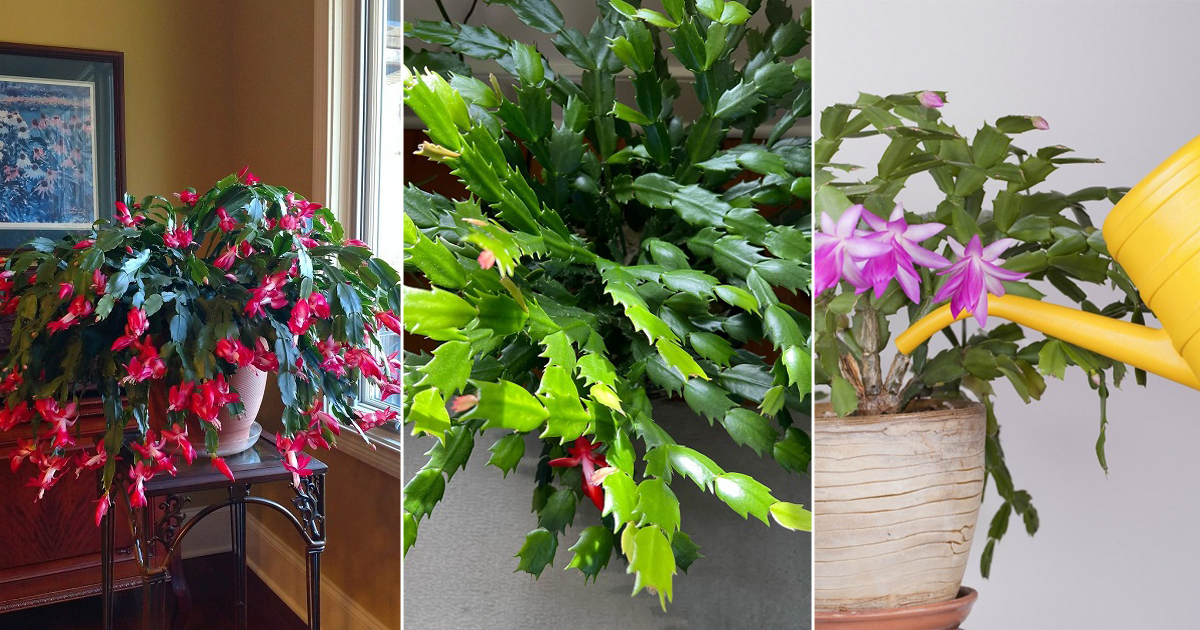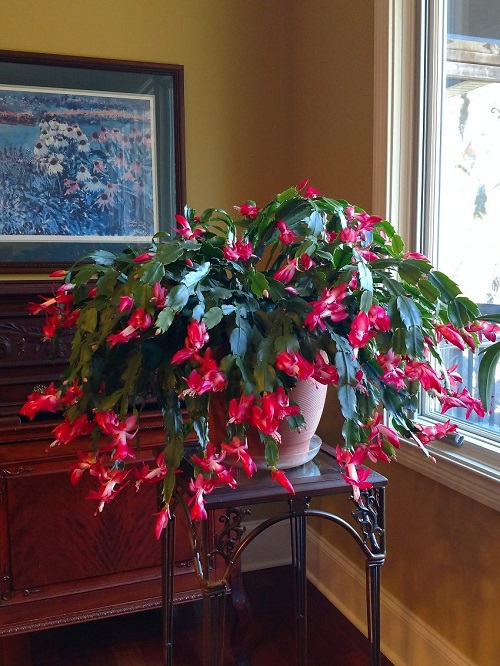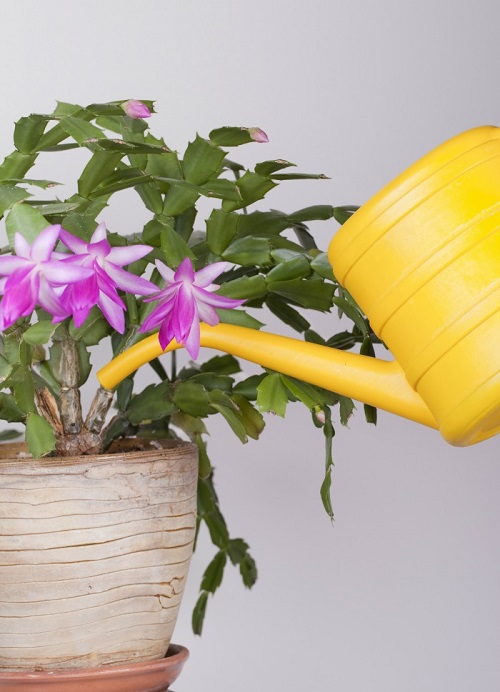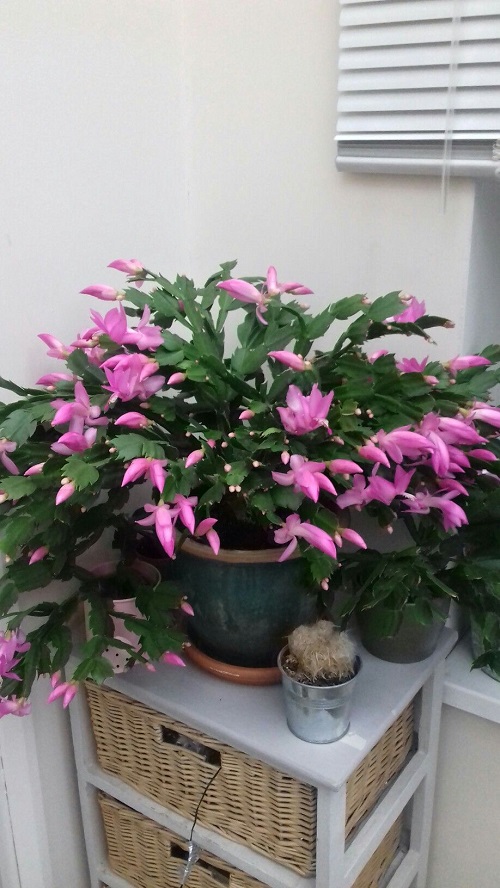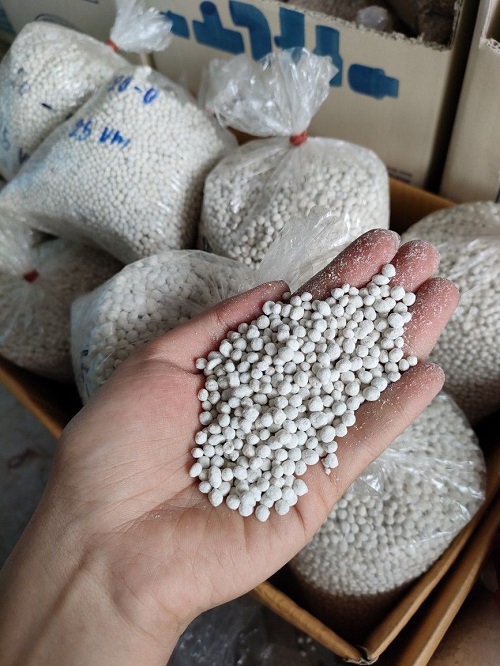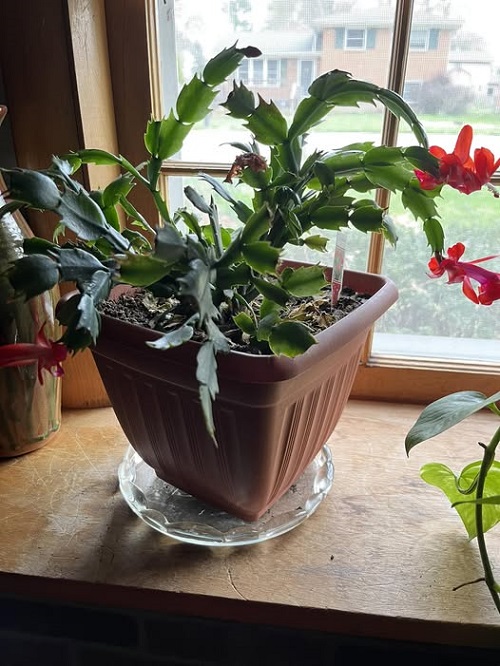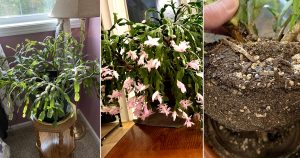Find out Why Your Thanksgiving Cactus Is Not Blooming and how to Fix It to flower beautifully again with easy care steps.
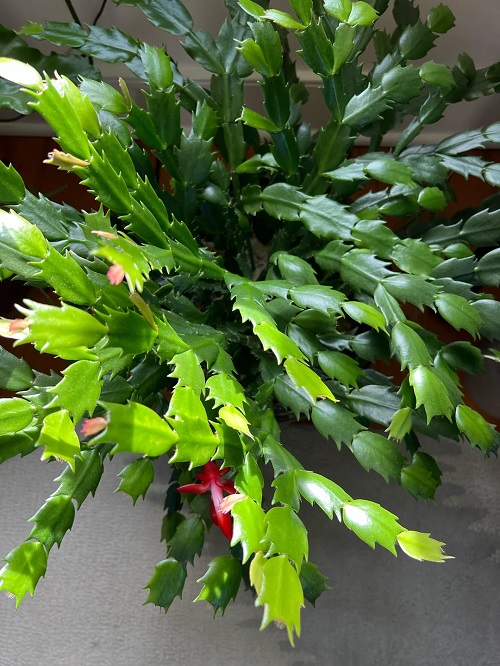
The Thanksgiving cactus is a beautiful holiday plant that brightens homes with its colorful blooms in late fall. But if your cactus has lush green leaves and no flowers, don’t worry, you’re not alone. Many people struggle to make their Thanksgiving cactus bloom.
Why Your Thanksgiving Cactus Is Not Blooming and How to Fix It
1. Giving It Too Much Light
Thanksgiving cacti need a short day and long night period to form buds. If your plant is getting too much light, especially from lamps or indoor bulbs after sunset, it won’t know it’s time to bloom.
Give your cactus at least 12–14 hours of darkness each night for about 6 weeks before November. You can place it in a dark room or cover it with a box or cloth at night. During the day, let it get bright, indirect light.
2. The Temperature Isn’t Right
Temperature plays a big role in bloom formation. If your cactus is kept in a warm spot all day and night, it may stay green but not produce buds.
Keep your plant in a cooler place with night temperatures around 55–60°F (13–16°C) and day temperatures around 65–70°F (18–21°C) for about 4–6 weeks before the blooming season. Avoid placing it near heaters or vents.
3. Overwatering
One common reason your Thanksgiving cactus isn’t blooming is overwatering.
This cactus is native to jungles, where it grows on trees and enjoys regular moisture—but not soggy soil. Too much water can block airflow around the roots, causing rot and fungus. This stress stops blooming and can even kill the plant if left unchecked.
Epiphytic cacti like quick, light watering and well-draining soil. If you think you’ve overwatered, let the soil dry slightly and check the roots by gently moving the soil aside or removing the plant from its pot. A little less water can encourage blooming, but don’t let the plant dry out completely, as that can also stop flowers from forming.
If the roots are soft, mushy, or show signs of fungus, trim away the damaged parts, replace the old soil, and repot in fresh mix. With proper care afterward, your Thanksgiving cactus should recover and bloom beautifully next season.
4. The Plant Needs a Rest Period
Like many flowering plants, the Thanksgiving cactus needs a rest period after its growing season. Without rest, it won’t have the energy to produce buds.
After it finishes blooming (usually in January), stop fertilizing and reduce watering for about 6–8 weeks. Keep it in a cool place with low light. When new growth appears in spring, resume regular care.
5. Fertilizing Too Much or Too Little
Too much nitrogen fertilizer encourages leafy growth instead of blooms. On the other hand, too little feeding can make the plant too weak to produce flowers.
Feed your cactus monthly from spring to late summer with a balanced, water-soluble fertilizer (such as 10-10-10 or 20-20-20). Stop feeding by early autumn (around September) to help it enter the blooming stage naturally.
6. The Pot Is Too Big
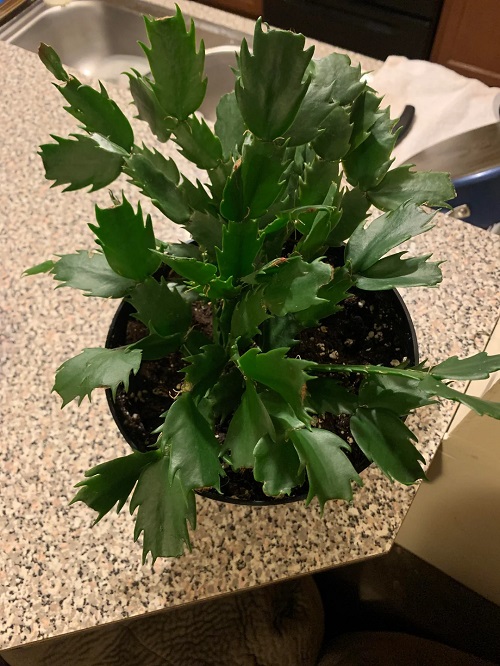
If your cactus has too much space for roots to grow, it may focus on root development instead of flowering.
Thanksgiving cacti prefer to be slightly root-bound. Repot only every 2–3 years or when roots start growing through the drainage holes. Use a cactus or succulent mix for best results.
7. You Moved It Too Often
Once the plant starts forming buds, moving it around can cause them to drop. Temperature and light changes stress the plant easily at this stage.
When buds appear, keep your cactus in one place until it finishes blooming. Choose a stable location with bright, indirect light and moderate room temperature.

